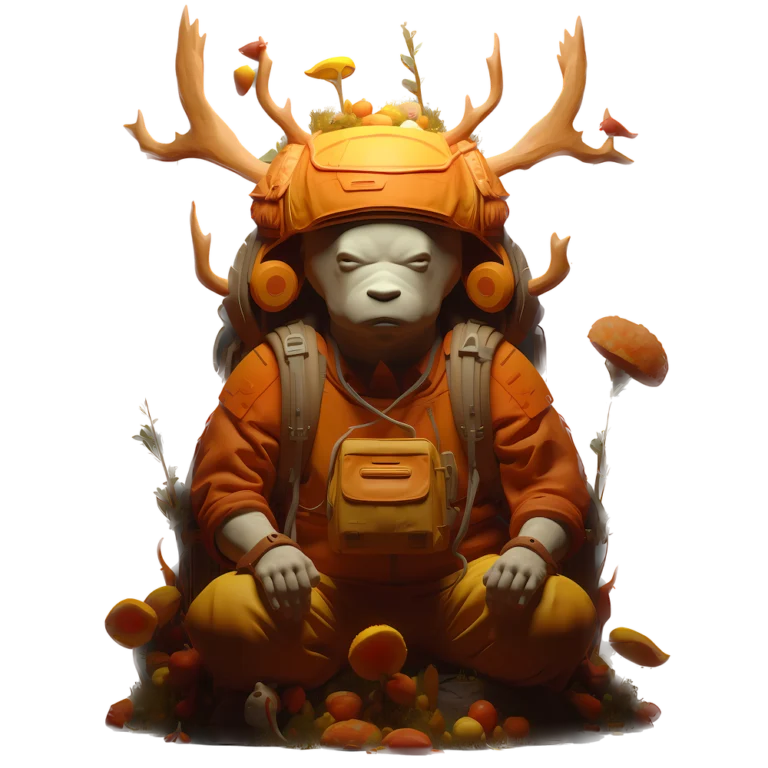Ethical and Societal Impacts
Generative AI has profound implications for society and ethics, beyond just fairness and bias. It’s important to consider its potential to influence public opinion, spread misinformation, and create content that might be used unethically.
Ethical Use and Regulations
The development and deployment of Generative AI must adhere to ethical guidelines and regulations to prevent misuse. Companies and researchers should follow best practices and establish clear policies on the ethical use of AI technologies.
Human-AI Collaboration
Generative AI can significantly enhance human creativity and productivity. It is crucial to understand how AI can collaborate with humans, augmenting their capabilities rather than replacing them. This involves designing AI systems that are intuitive, user-friendly, and supportive of human goals.
Enhancing Human Creativity
By automating routine tasks, Generative AI allows humans to focus on more creative and strategic activities, fostering innovation and efficiency across various industries.
Technical Advancements and Innovations
The field of Generative AI is rapidly evolving, with continuous advancements in algorithms, model architectures, and training techniques. Keeping up with these developments is essential for leveraging the latest capabilities.
New Architectures and Algorithms
Innovations such as transformers, attention mechanisms, and newer model architectures play a critical role in the performance and scalability of Generative AI systems.
Integration with Other AI Technologies
Generative AI often works in conjunction with other AI technologies like Natural Language Processing (NLP), Computer Vision, and Reinforcement Learning to create more sophisticated and multifunctional AI systems.
Multi-Modal AI
Integrating text, image, and audio generation capabilities allows for the creation of rich, multi-modal content that can be used in diverse applications, from entertainment to education.
Real-World Applications and Use Cases
Highlighting real-world applications and success stories can illustrate the practical benefits of Generative AI. This includes use cases in healthcare, finance, marketing, and beyond.
Industry-Specific Applications
For example, in healthcare, Generative AI can assist in drug discovery and medical imaging. In marketing, it can create personalized content and advertisements at scale.
User Experience and Accessibility
Ensuring that Generative AI tools are accessible and user-friendly is crucial for widespread adoption. This includes designing interfaces that are easy to use and understand, even for non-technical users.
Democratizing AI
Making AI technology accessible to a broader audience helps democratize innovation and allows more people to benefit from advancements in AI.
Performance Optimization
Efficiency in terms of computational resources and response time is another important aspect. Optimizing the performance of Generative AI models ensures they can be used effectively in real-time applications.
Scalability and Efficiency
As AI models become more complex, ensuring they remain scalable and efficient is crucial for their practical deployment, especially in resource-constrained environments.
Incorporating these additional aspects will provide a more rounded view of Generative AI and its implications, benefits, and challenges. This will help your audience gain a deeper understanding of the technology and its potential impact.
GenAI and Online Business
Online business owners can benefit from generative AI in several straightforward ways. Here’s a concise guide on how to leverage GenAI easily:
Content Creation
Customer Service
SEO Optimization
Email Marketing
Product Recommendations
Social Media Management
Market Research
Ad Copy Creation
Website Optimization
Inventory Management
To get started, online business owners can
- Identify their most time-consuming tasks
- Research AI tools specific to those tasks
- Start with free trials of popular AI platforms
- Gradually integrate AI tools into their workflow
- Monitor results and adjust usage as needed
Remember, while AI can significantly boost productivity, human oversight is still crucial for maintaining quality and brand voice.
Conclusion
Generative AI is becoming an indispensable tool in the realm of online business. By automating content creation, enhancing creativity, and providing novel ways to interact with customers, Generative AI can significantly boost efficiency and innovation. Businesses can leverage this technology to generate engaging content, personalize customer experiences, and streamline operations.
However, adopting Generative AI comes with responsibilities. Ensuring fairness, addressing biases, and maintaining ethical standards are crucial to building trust and credibility. Businesses must also navigate challenges related to data quality, model consistency, and interpretability to make the most of Generative AI’s capabilities.
Incorporating Generative AI into online business strategies opens up new opportunities for growth and competitiveness. By understanding its key aspects and addressing its challenges, businesses can harness the potential of Generative AI to drive success and create value in the digital age.






